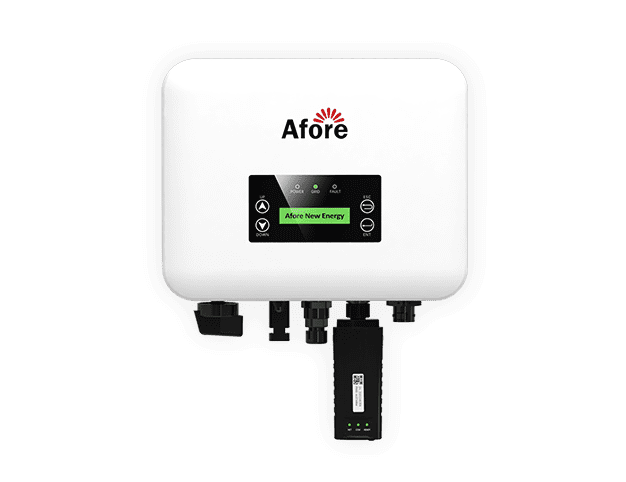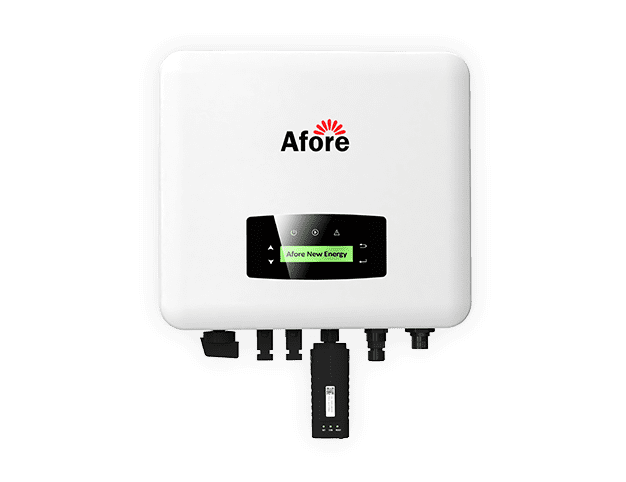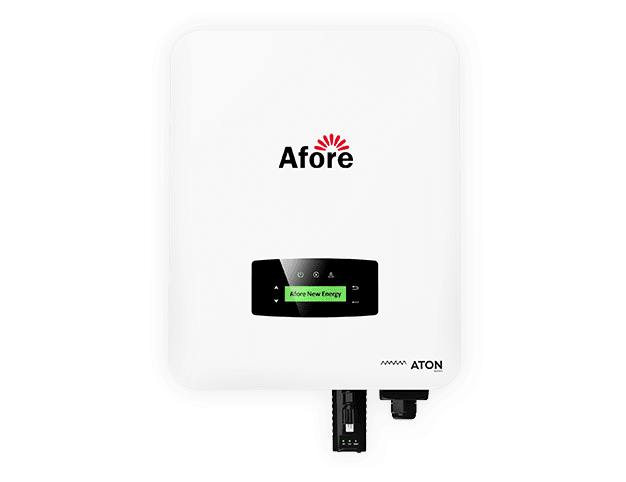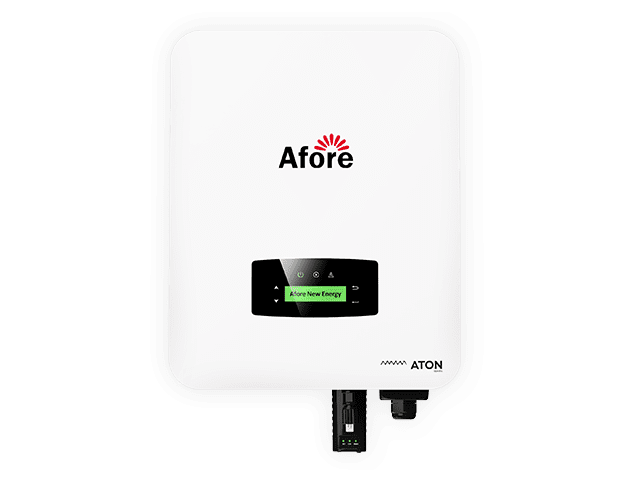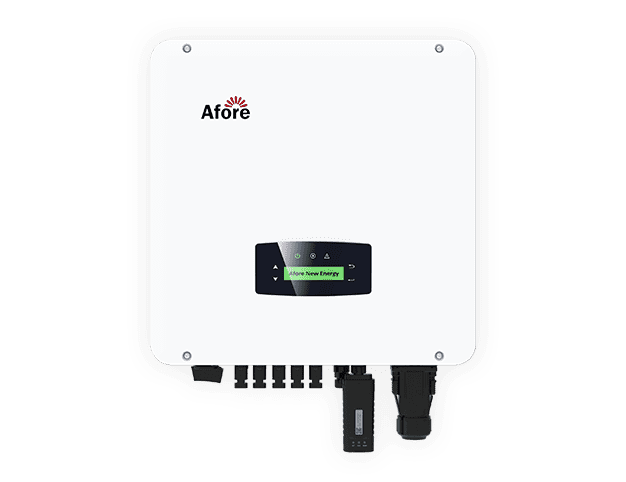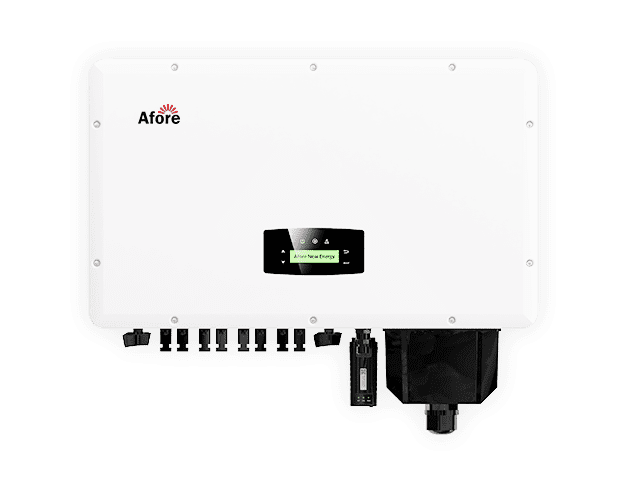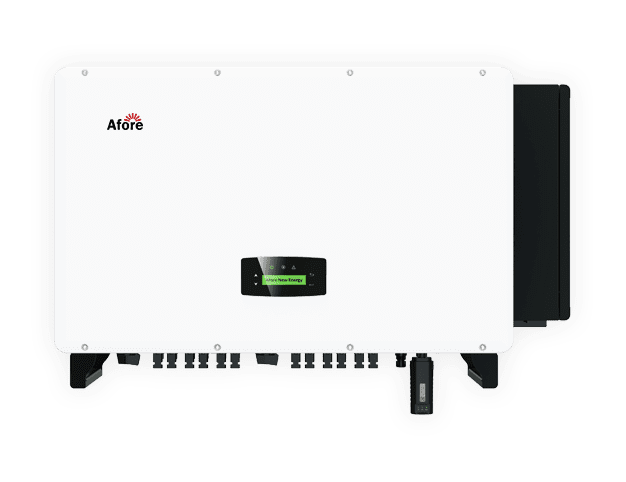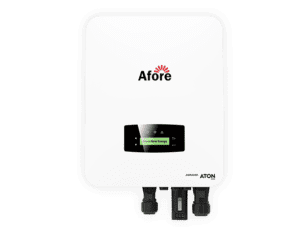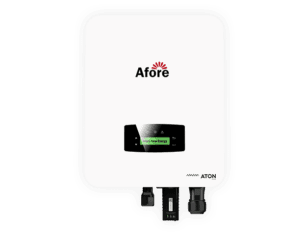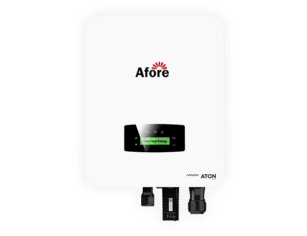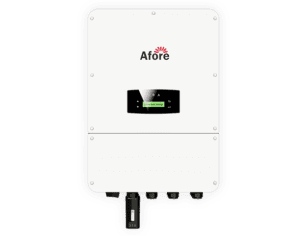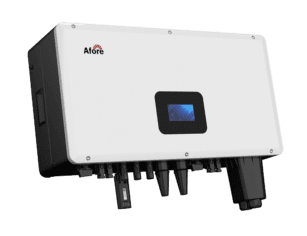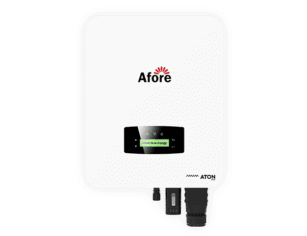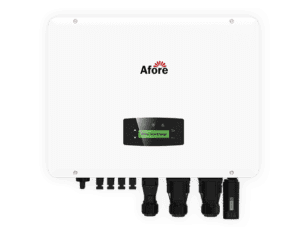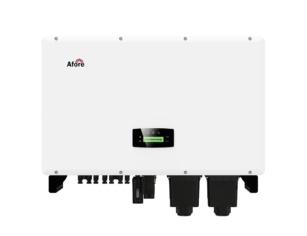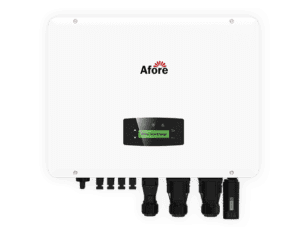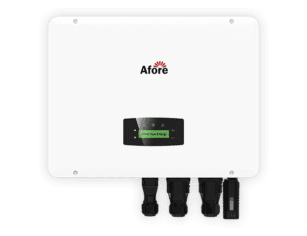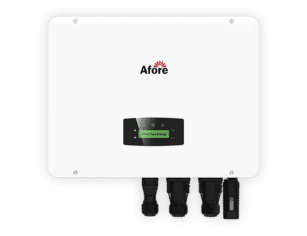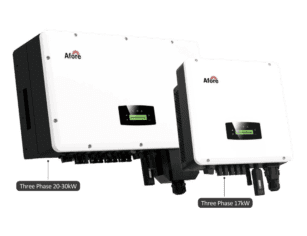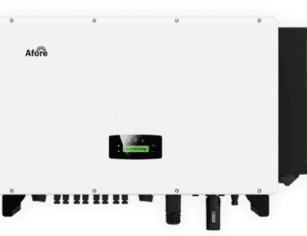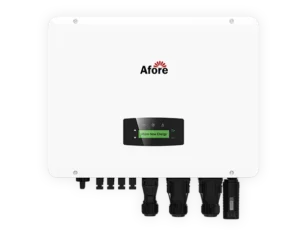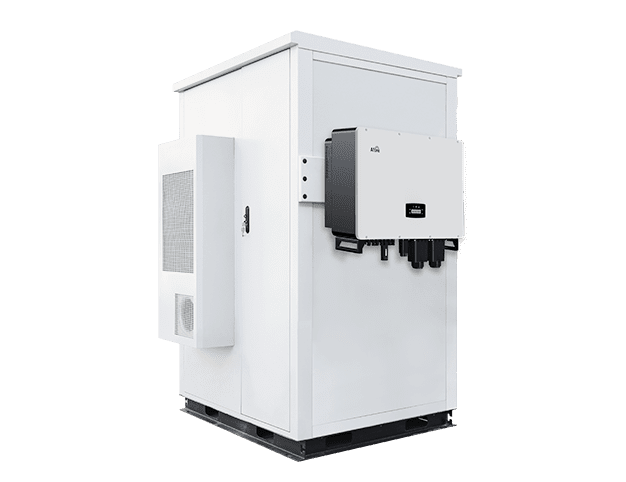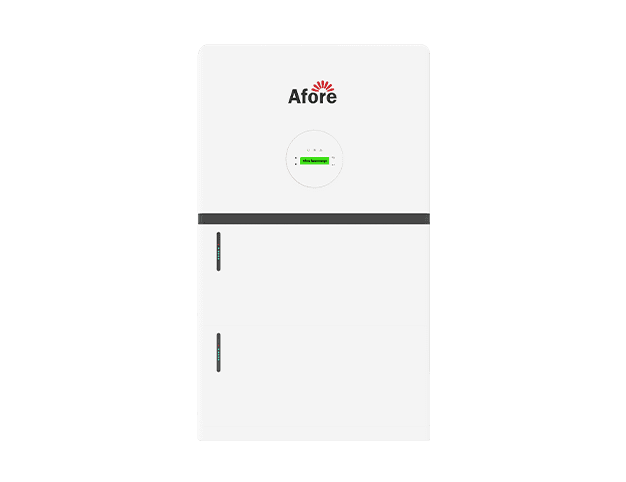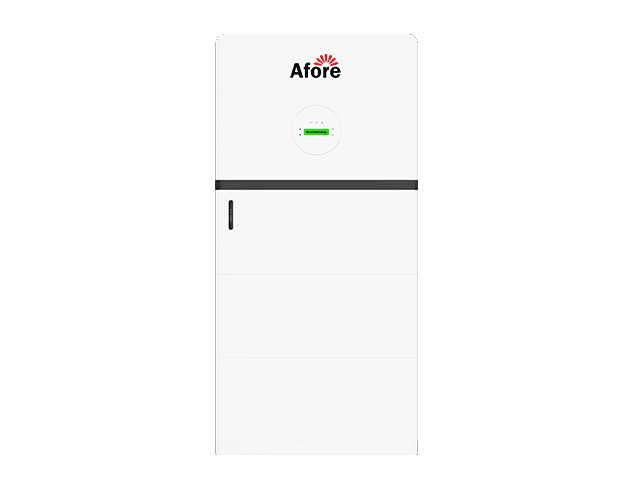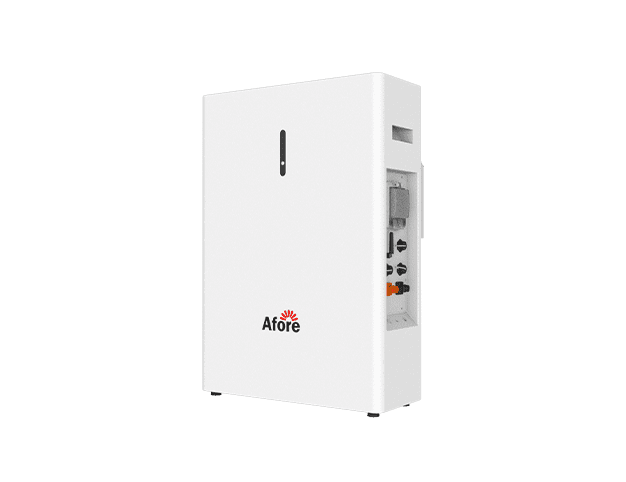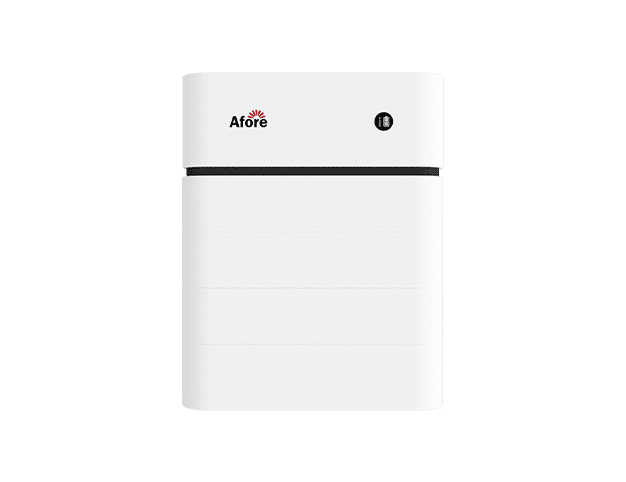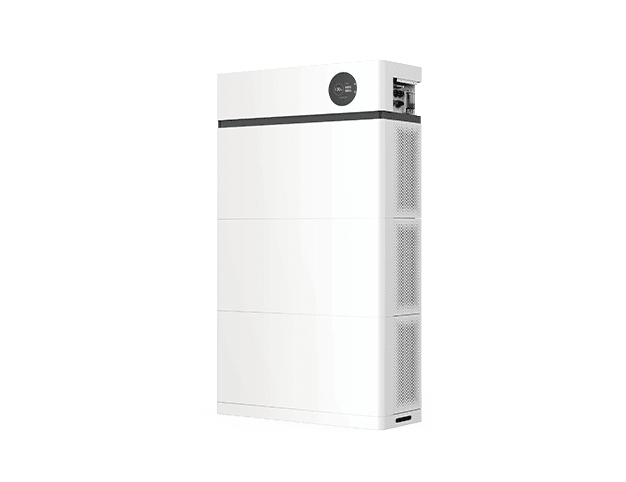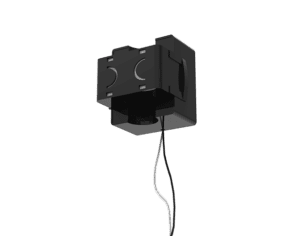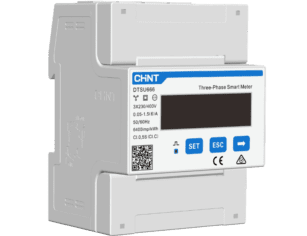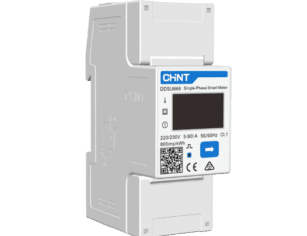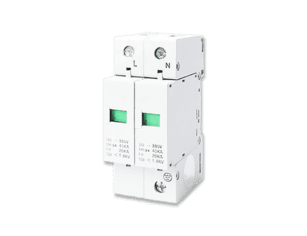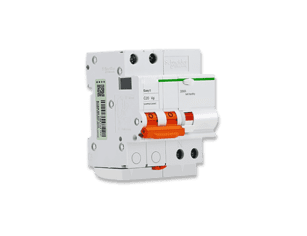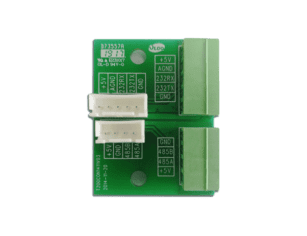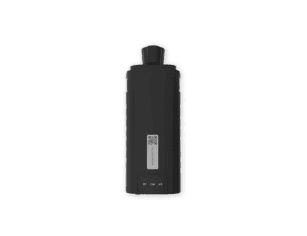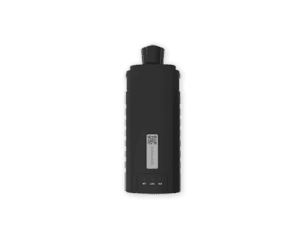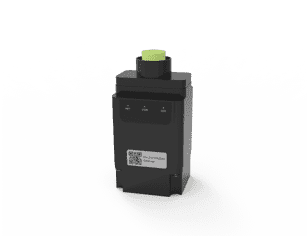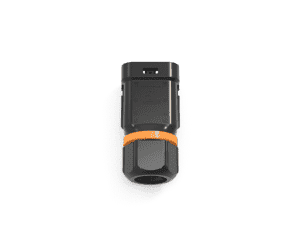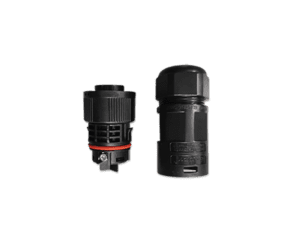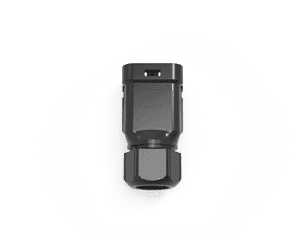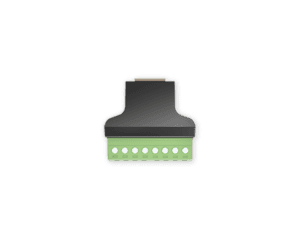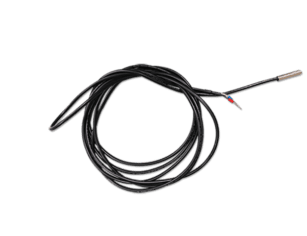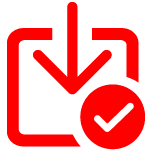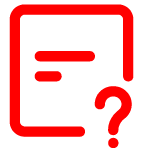Residential Solar Power: What Every Homeowner Needs to Know
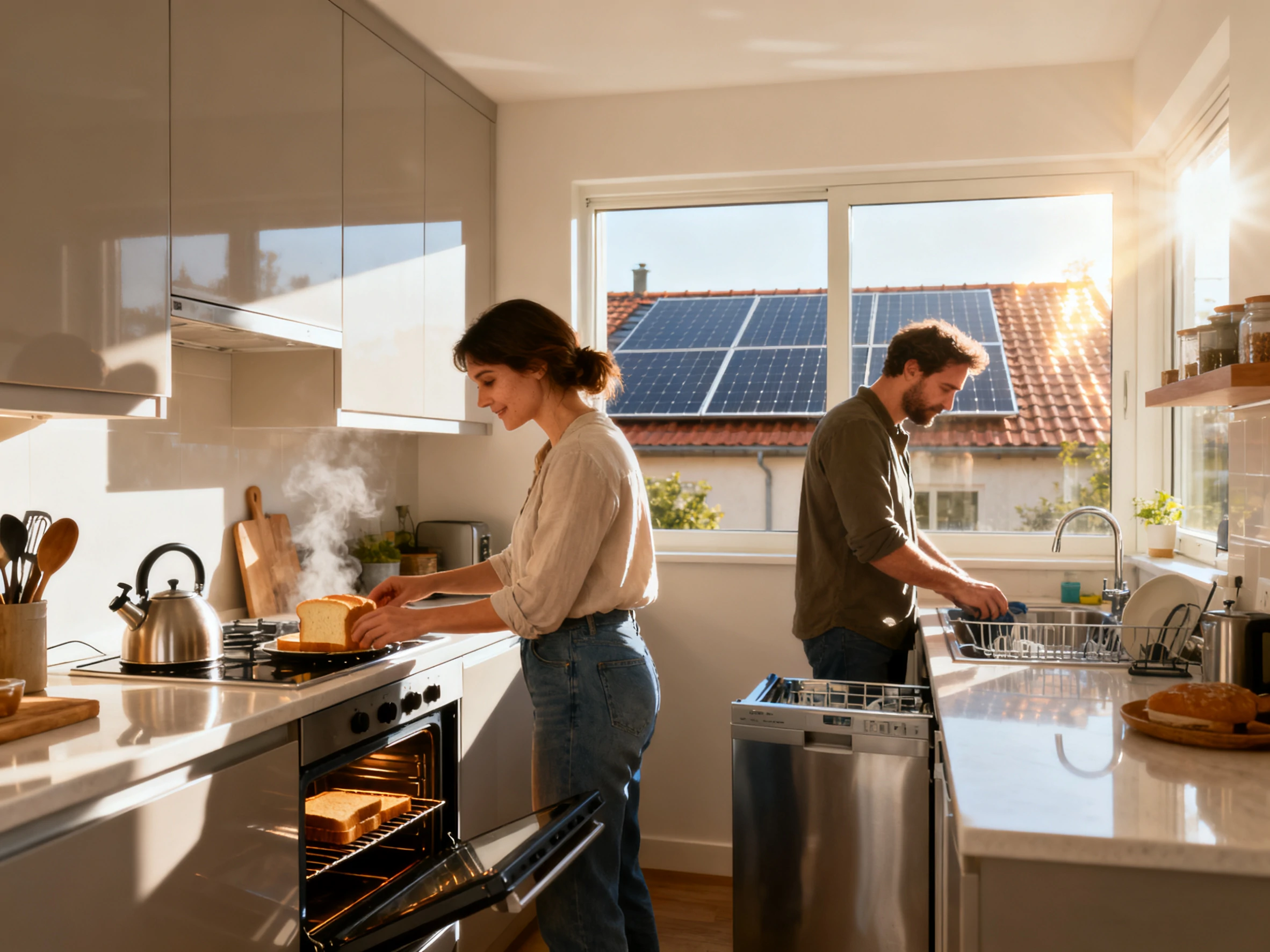
Table of Contents
The world is turning to renewable energy at a remarkable pace, and residential solar power sits at the center of that movement. Homeowners across the country are asking the same questions: Can solar really cut my bills? Will it add value to my home? And, most importantly, is it worth the investment?
The truth is, residential solar power has evolved from a niche technology into a mainstream energy solution. Advances in panel efficiency, smarter solar inverter systems, and flexible financing options have made clean electricity accessible to nearly every homeowner. Beyond saving money, going solar represents a personal commitment to sustainability — one roof at a time.
But before jumping in, it’s essential to understand how the system works, how much solar power a house actually needs, and what the long-term implications are for your property and lifestyle.
Let’s explore every facet of residential solar power — from costs and benefits to maintenance, resale, and beyond — so you can make an informed, confident decision.
How Solar for Homes Works — The Basics
Components of a Residential Solar System
A residential solar power system may look simple on the surface — shiny panels on a roof silently converting sunlight into electricity — but beneath that simplicity lies an elegant combination of technology.
At the heart of the system are solar panels, made of photovoltaic (PV) cells that absorb sunlight and generate direct current (DC) electricity. However, your home runs on alternating current (AC), so the DC energy must be converted. That’s where the solar inverter steps in.
The solar inverter is often called the “brain” of a residential solar power setup. It converts DC to AC electricity, monitors power output, and ensures the system runs safely and efficiently. Some homes use string inverters, where one unit manages a group of panels, while others employ microinverters, which sit beneath each panel to optimize performance individually.
Beyond panels and inverters, a system may include racking (to secure panels), monitoring hardware, and sometimes a battery for energy storage. Together, these components create a reliable flow of clean energy straight to your lights, appliances, and HVAC system.
From DC to AC: How the Inverter Works
The solar inverter doesn’t just convert current — it plays an active role in maximizing energy yield. By continuously adjusting voltage and current levels, it ensures that your panels operate at their “maximum power point,” even as sunlight fluctuates throughout the day.
Smart inverters can also communicate with the grid, allowing your residential solar power system to export excess electricity or draw from the grid at night. This bi-directional relationship makes solar not only practical but profitable in many areas with net metering programs.
Net Metering and Grid Connection
When your residential solar power system produces more energy than you use, that extra electricity flows back into the grid. Your utility may credit you for that contribution, effectively spinning your meter backward. When your panels produce less — say, on a cloudy day or at night — you draw energy from the grid again.
This give-and-take relationship is key to why residential solar power is so efficient and financially appealing: you’re not just saving power, you’re generating value.
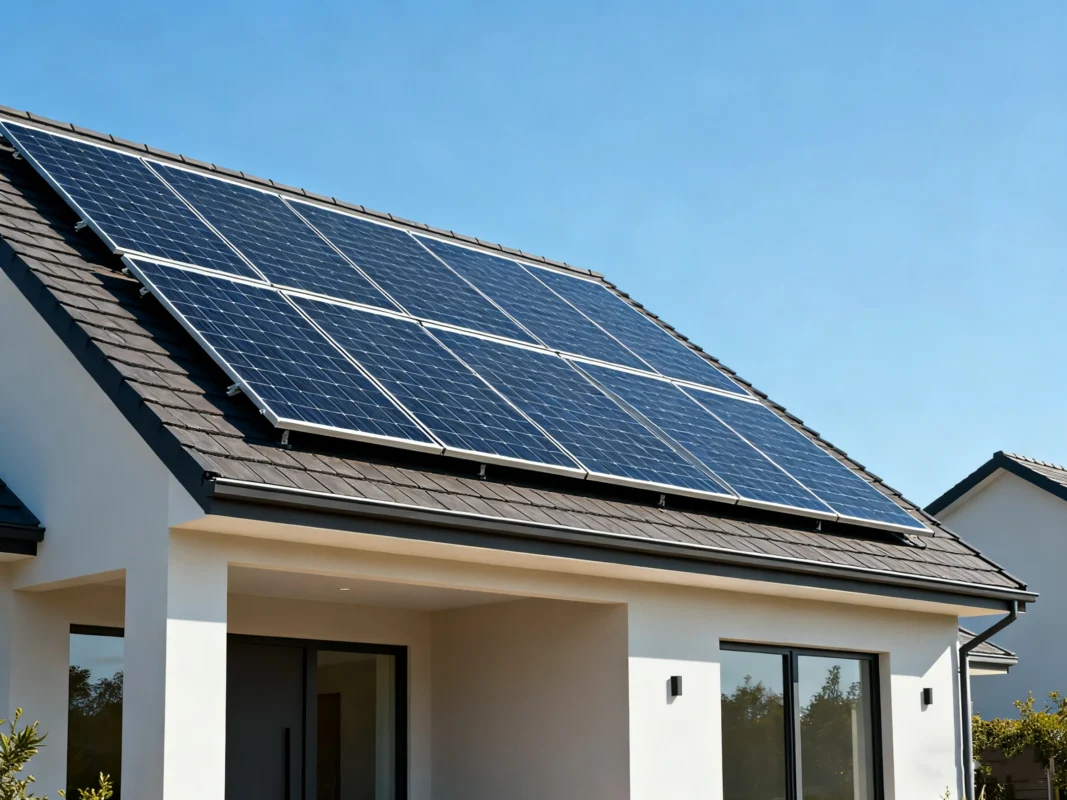
Sizing a Residential Solar System
How Much Solar Power Is Needed to Run a House?
This is one of the most common questions homeowners ask — and for good reason. The right system size determines how much you’ll save and how quickly your investment pays off.
The average American home uses about 900–1,000 kilowatt-hours (kWh) of electricity per month. To offset that entirely with residential solar power, you’ll typically need a 6–8 kW system, depending on your region’s sunlight hours and the efficiency of your equipment.
Let’s break it down:
- Start with your energy bill. Check your annual electricity use in kWh.
- Divide by your area’s average sunlight hours. For instance, a home in Arizona receives more solar exposure than one in Maine.
- Account for system losses. Even the best solar inverter has a small efficiency loss (around 3–5%), and other factors like shading or dust can further reduce output.
- Estimate the number of panels. Most modern panels produce 350–450 watts each, so a typical home might need 16–25 panels to achieve full coverage.
The bottom line: A properly sized residential solar power system should meet or slightly exceed your annual consumption. Going bigger than necessary rarely pays off unless you plan to add electric vehicles, heat pumps, or other high-demand devices soon.
Matching Inverter Capacity and System Design
An overlooked detail in many installations is inverter sizing. Your solar inverter must be matched to the panel array’s capacity — too small, and you’ll lose potential energy; too large, and you’ll overspend without added benefit.
Modern hybrid inverters can also integrate with batteries, allowing your residential solar power system to store excess energy for nighttime or emergency use. This flexibility makes solar increasingly appealing for homeowners seeking resilience against outages.
Seasonal and Geographic Adjustments
Every roof and region are different. The same 5-kW residential solar power system might produce 6,000 kWh annually in the Midwest but over 8,000 kWh in the Southwest. Shading, roof angle, and orientation all affect production.
That’s why professional installers use specialized modeling software to predict your actual solar yield before installation. By tailoring your solar inverter and panel configuration to your home’s conditions, they ensure optimal long-term output.
Cost, ROI & Economics
Upfront Costs
The cost of residential solar power has dropped dramatically in the past decade. Today, the price per watt is less than a third of what it was 10 years ago. Still, installation costs depend on system size, local permitting, and equipment type.
A complete 6-kW residential solar power system, including panels, a solar inverter, mounting hardware, and professional installation, might range between $12,000 and $18,000 before incentives. Some homeowners choose to add a battery, which increases cost but enhances independence.
Operating & Maintenance Costs
Once installed, maintenance is minimal. Residential solar power systems have no moving parts. Cleaning panels a few times a year and replacing the solar inverter every 10–15 years are usually the main expenses. Inverter warranties typically cover most of this cost.
Incentives and Payback
Federal and state incentives can cover 20–30% of the upfront cost, while net metering and energy bill savings offer steady returns. Most homeowners recover their investment in 6–10 years, after which their residential solar power system essentially generates free electricity for another 15–20 years.
Is Getting Solar on Your House Worth It?
In nearly every case, yes — especially if your roof receives good sunlight and your local electricity rates are high. The savings are tangible, and the environmental benefits are undeniable.
However, “worth it” depends on your circumstances. Homeowners in cloudy regions or with shaded roofs might see slower paybacks. But with falling prices and smarter solar inverter technology, even marginal sites can now make solar profitable.
The emotional satisfaction of watching your electric meter spin backward — knowing you’re reducing emissions and taking control of your power — is hard to quantify but very real.
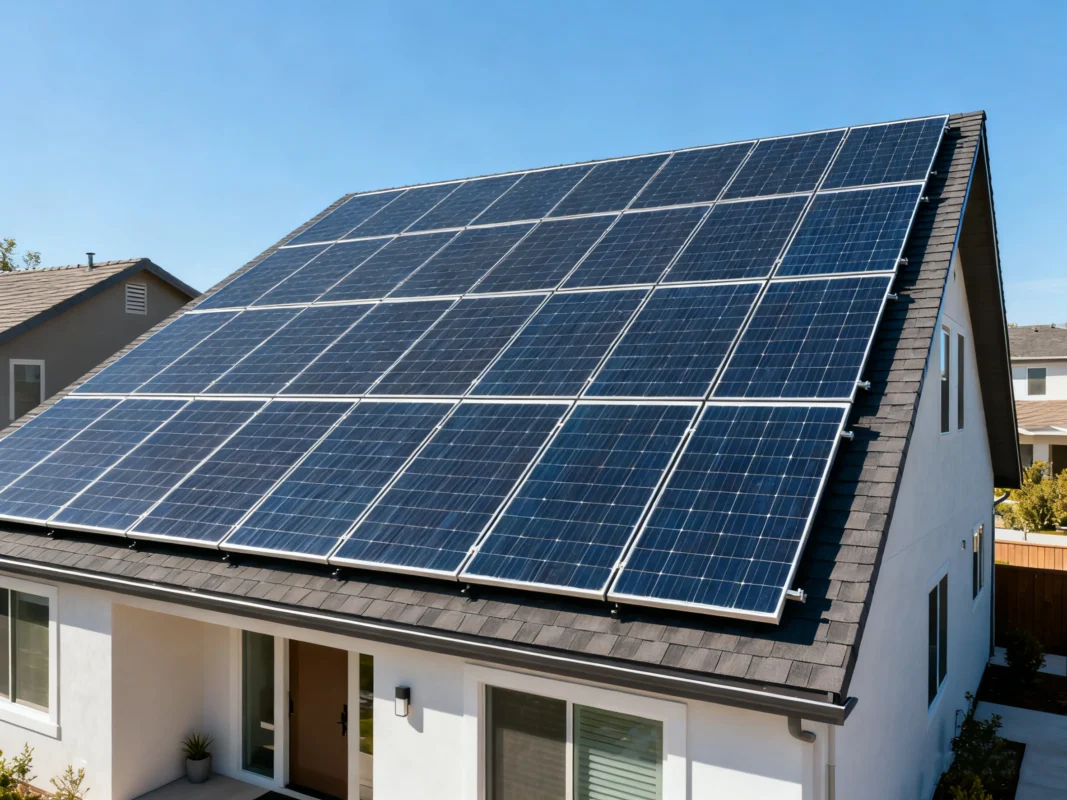
Pros, Cons & Risks
Advantages of Residential Solar Power
Switching to residential solar power offers a wide array of benefits. First and foremost, it significantly reduces your electricity bills. By generating your own power, you rely less on utility companies and protect yourself against fluctuating rates.
Beyond economics, solar energy is clean and sustainable. Every kilowatt-hour produced by your panels reduces carbon emissions, helping combat climate change one home at a time.
Energy independence is another key advantage. During hot summer days or even minor grid outages, a solar-equipped home with battery storage can continue to function. This reliability is increasingly valuable in areas prone to extreme weather.
Finally, residential solar power can enhance property value. Homes with efficient energy systems attract buyers who appreciate long-term savings and sustainable living.
What is the Biggest Downside to Solar Electricity?
Despite its many perks, residential solar power isn’t perfect. One major drawback is intermittency. Solar panels only generate electricity when sunlight is available, meaning production dips at night or on cloudy days. Without battery storage or grid support, you can’t rely solely on solar for all your energy needs.
High upfront costs remain another concern. Even with incentives, installation can run into thousands of dollars, though falling prices have made this more manageable than in the past.
Additionally, system efficiency can degrade over time. Panels lose a small percentage of their output each year, and solar inverters may need replacement after 10–15 years. Finally, roof suitability is critical; shaded, south-facing roofs are ideal, while less optimal roofs may reduce energy output.
By understanding these downsides upfront, homeowners can plan solutions — such as adding batteries or sizing the system slightly larger — to maximize value.
Noise, Roof & Selling Issues
Are Solar Panels Noisy?
Many homeowners worry about noise from solar panels, but in reality, residential solar power systems are nearly silent. Panels themselves produce no mechanical noise, as they have no moving parts.
The only audible source may come from the solar inverter. Inverters can emit a low hum during operation, but this is usually minimal and easily masked by household noise. Modern inverters are designed for quiet performance, so noise concerns rarely impact daily life.
Can I Run AC on a Solar Panel?
Air conditioning is one of the highest energy loads in a typical home, leading some to wonder if a solar system can handle it. The answer: yes, but it depends on system sizing.
A sufficiently sized residential solar power array, paired with a properly matched solar inverter, can handle AC loads during sunny periods. For homes with high cooling demand, combining solar with a battery or remaining grid connection ensures your system can manage peak electricity usage without interruption.
This capability makes residential solar power not just an energy-saving tool but also a viable solution for running modern, energy-intensive appliances.
Is It Harder to Sell a House with Solar Panels?
A common myth is that solar panels complicate home sales. The reality is more nuanced.
Homes with fully owned residential solar power systems often sell faster and at higher prices because buyers recognize the value of reduced utility bills. However, leased or financed systems can create complications if the agreement isn’t transferable to a new owner.
In general, buyers today are more energy-conscious than ever, so a well-documented solar installation can be a strong selling point rather than a liability. Transparency about system age, warranties, and inverter condition reassures potential buyers.
Inverters & Power Conversion — Deeper Dive
Types of Solar Inverters
The solar inverter is a critical component of any residential solar power system. There are three main types:
- String inverters: Connect multiple panels in series. Efficient for consistent sunlight conditions but sensitive to shading.
- Microinverters: Installed under each panel to optimize performance individually. Ideal for partial shading or irregular roof layouts.
- Hybrid inverters: Combine solar conversion with battery management. Allow energy storage and seamless backup during outages.
Choosing the right inverter depends on your home’s design, sunlight exposure, and energy goals.
Efficiency, Reliability, and Failure Modes
The efficiency of a solar inverter directly affects how much of your panel’s energy you can use. Modern inverters achieve 95–98% efficiency, but failures can occur due to electrical surges, overheating, or component wear.
Most homeowners receive 10–15 years of reliable service, and warranties often cover replacements or repairs. Monitoring systems integrated with inverters help detect issues early, ensuring your residential solar power system maintains peak performance.
Inverter Sizing and Load Matching
Proper inverter sizing is essential. Undersized inverters limit output, while oversized units may increase costs without improving efficiency. A professional installer will match your solar inverter capacity to your panel array and household load to maximize energy yield.
Monitoring and Upgrades
Many modern residential solar power systems include remote monitoring via apps or web platforms. Homeowners can track production, detect faults, and even adjust settings for optimal performance. Upgrading inverters can extend system life and improve efficiency, making it a valuable investment over the decades.
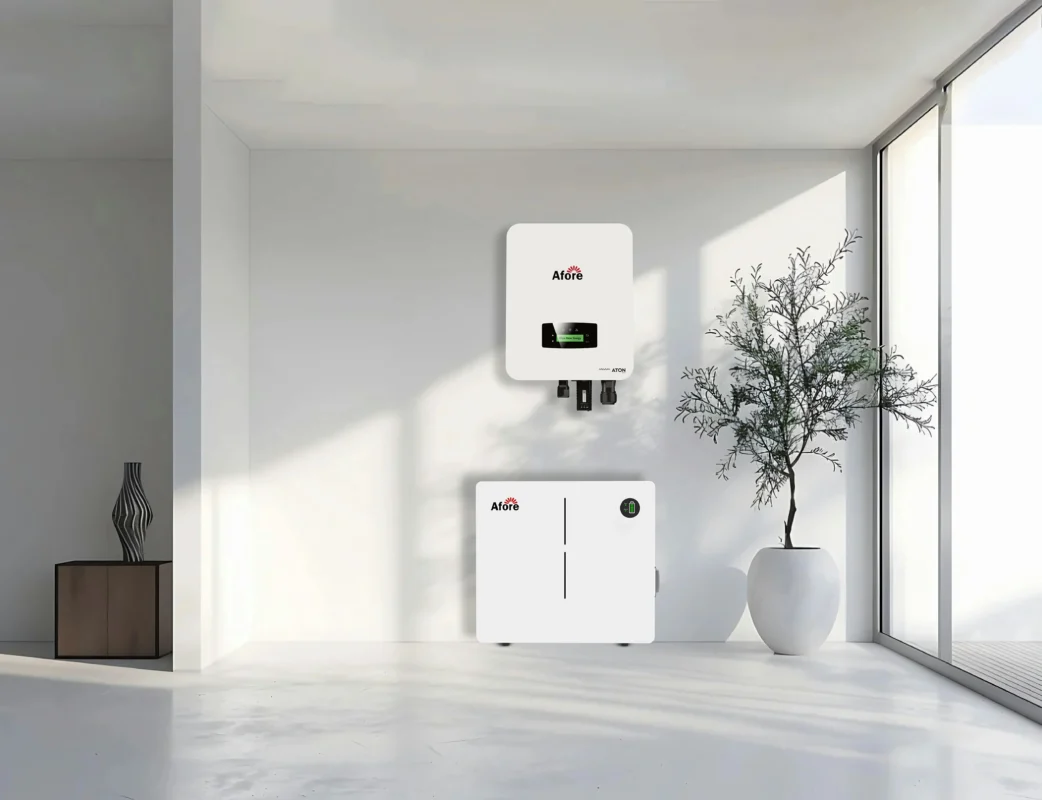
Installation, Maintenance & Panel End-of-Life
Site Assessment
Before installing a residential solar power system, a thorough site assessment is essential. Experts evaluate roof orientation, tilt, structural integrity, and shading patterns. Even minor obstructions can affect energy yield, so careful planning ensures maximum efficiency.
Permitting and Utility Interconnection
Installation also requires navigating permits and interconnection agreements with the local utility. A solar inverter must meet safety standards and integrate seamlessly with the grid, ensuring that excess electricity can flow back and net metering credits are properly applied.
Maintenance Tips
One of the advantages of residential solar power is its low maintenance. Panels should be cleaned occasionally to remove dust or debris. Inverters should be inspected periodically for error codes or overheating. Most systems remain highly efficient with minimal upkeep, contributing to long-term savings.
Lifecycle & End-of-Life Management
Solar panels typically last 25–30 years, while solar inverters may need replacement after 10–15 years. Proper end-of-life management is crucial. Panels contain valuable materials that can be recycled, reducing environmental impact. Following federal and local guidelines ensures safe disposal and supports sustainability goals.
Choosing a Solar Installer & Quality Signals
Technical Qualifications and Certifications
Selecting the right installer is as important as choosing the panels and solar inverter. Look for professionals with certifications from recognized industry organizations. Qualified installers ensure proper electrical connections, adherence to safety codes, and optimal system performance.
References, Case Studies, and Performance Guarantees
Ask potential installers for case studies or references. Reviewing real installations can provide insights into workmanship quality, panel performance, and post-installation support. A reputable installer will stand behind their work with performance guarantees, ensuring your residential solar power system operates efficiently for years.
Warranty, Service Agreements, and Monitoring
Warranties on panels and solar inverters are crucial. Panels often come with 25-year performance guarantees, while inverters may have 10–15 year coverage. Service agreements can cover repairs, cleaning, and monitoring, providing peace of mind and consistent energy output.
Evaluating Proposals
When reviewing proposals, compare cost per watt, expected energy yield, inverter type, and potential degradation over time. A transparent installer will provide a clear breakdown, showing how the system will meet your household’s needs and how your residential solar power investment will pay off.
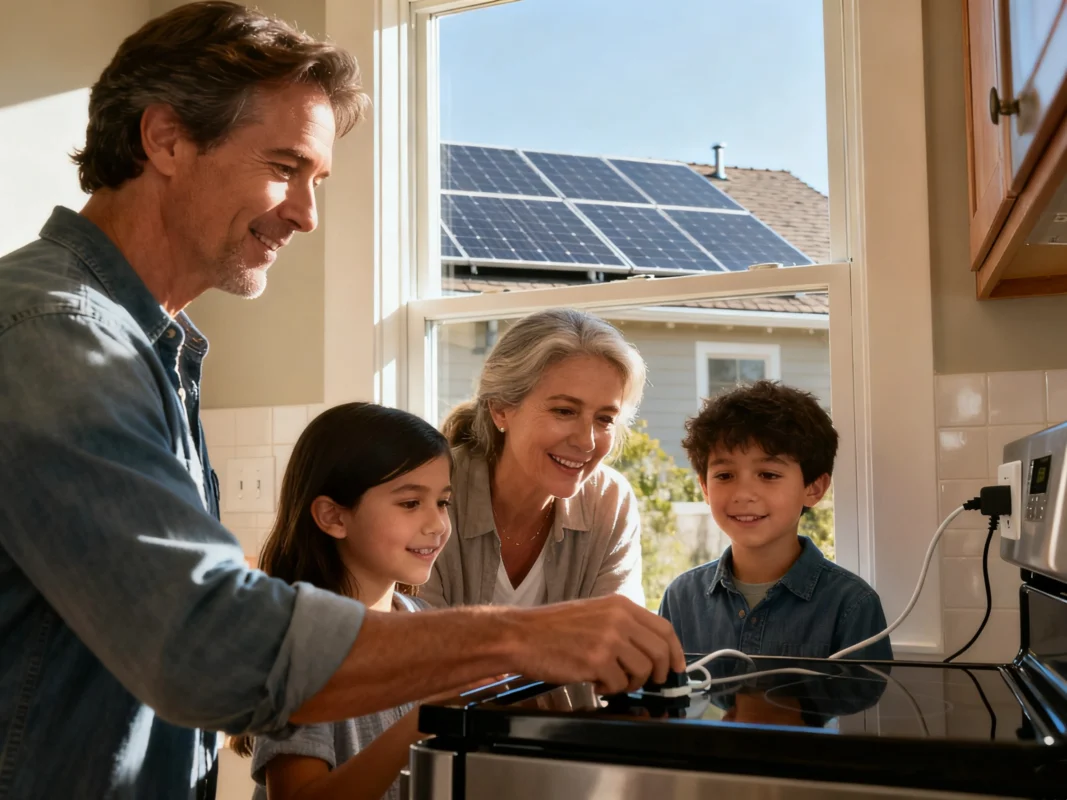
Future Trends & Innovations in Residential Solar Power
Smart Inverters and Grid Services
Modern solar inverters are becoming “smart.” They can communicate with the grid, participate in demand-response programs, and help stabilize local electricity networks. These innovations increase efficiency and allow homeowners to contribute to broader energy management solutions.
Solar + Storage Hybrid Systems
Combining solar panels with battery storage is increasingly popular. Hybrid systems store excess electricity for nighttime use or emergencies, increasing energy independence. With falling battery prices, more homeowners are adopting this approach to maximize the benefits of residential solar power.
Solar + EV Charging Integration
The rise of electric vehicles (EVs) creates new opportunities. Homeowners can directly charge EVs from their residential solar power system, reducing reliance on the grid and further lowering energy costs. Smart solar inverters optimize this process, balancing household demand and vehicle charging needs.
Advances in Panel Technology
Next-generation panels, including bifacial and high-efficiency models, continue to push the boundaries. Improved conversion efficiency and durability mean homeowners can produce more energy with fewer panels. Coupled with recycling programs, these innovations make residential solar power cleaner and more sustainable than ever.
Summary & Action Steps
Residential solar power is an investment in energy independence, financial savings, and environmental responsibility. It’s most effective when your roof receives adequate sunlight, the system is properly sized, and a quality solar inverter is installed.
Step-by-Step Decision Checklist:
- Review your annual electricity usage.
- Evaluate your roof for sunlight, angle, and space.
- Research installer credentials and reviews.
- Compare system designs, panel types, and solar inverter options.
- Check incentives, rebates, and financing.
- Calculate ROI and payback period.
With careful planning, your home can produce clean, reliable electricity for decades. Choosing the right panels, solar inverter, and installer ensures you enjoy maximum savings and minimal hassle. Every watt of solar energy you generate is a step toward sustainability and energy independence.
FAQs — Top Questions About Residential Solar Power
-
How much solar power is needed to run a house?
The amount of residential solar power a house needs depends on energy consumption, roof space, and sunlight availability. On average, a typical home requires a 6–8 kW system, which usually translates to 16–25 panels. The solar inverter must be sized appropriately to convert all generated DC electricity into usable AC power efficiently. Seasonal variations and shading should also be considered when calculating system size.
-
What is the biggest downside to solar electricity?
While residential solar power has many benefits, the primary drawback is intermittency. Solar panels only generate electricity when sunlight is available, which means output drops on cloudy days or at night. Upfront installation costs and potential degradation over time are other considerations. Smart solar inverters and battery storage can help mitigate these issues by optimizing energy conversion and storing excess power.
-
Is getting solar on your house worth it?
In most cases, yes. Investing in residential solar power can significantly reduce electricity bills, improve property value, and reduce carbon emissions. The system’s worth depends on sunlight exposure, electricity rates, and installation quality. Properly sizing the system and choosing an efficient solar inverter ensures long-term energy savings.
-
Are solar panels noisy?
No. Panels themselves are completely silent because they have no moving parts. The solar inverter may produce a faint humming sound during operation, but it is generally imperceptible inside the home. Therefore, noise is rarely a concern when installing residential solar power.
-
Can I run AC on a solar panel?
Yes, you can run an air conditioning system using residential solar power, provided the system is sized correctly. Peak energy demand can be handled with a combination of properly sized panels and a compatible solar inverter. In some cases, battery storage or partial grid use is recommended to maintain consistent AC performance during high-demand periods.
-
Is it harder to sell a house with solar panels?
Not necessarily. Fully owned residential solar power systems can increase home value because buyers appreciate reduced energy costs and sustainable living. However, leased or financed systems may complicate a sale if transfer agreements are unclear. Clear documentation of system age, warranty, and solar inverter performance is essential for smooth property transactions.
-
How long do solar inverters last and what happens when they fail?
Most solar inverters last between 10 and 15 years. When a failure occurs, modern systems provide error notifications or remote monitoring alerts. Replacing an inverter is straightforward and can restore full system efficiency. Regular inspection ensures that the residential solar power system continues producing electricity optimally.
-
Do solar panels work during cloudy or rainy days?
Yes, although production is reduced. Even on overcast days, residential solar power systems can generate electricity because photovoltaic cells still absorb diffused sunlight. A well-sized solar inverter ensures the system captures and converts as much energy as possible under less-than-ideal weather conditions.
-
Is battery storage necessary for a home solar system?
Battery storage is not mandatory but highly beneficial. It allows homeowners to store excess electricity generated by their residential solar power system for use at night or during outages. Smart solar inverters manage the flow between panels, batteries, and the grid, maximizing both savings and energy independence.
-
What maintenance do solar systems require over their lifetime?
Maintenance for residential solar power systems is minimal. Panels should be cleaned periodically to remove dust or debris, and solar inverters should be checked for error codes or performance drops. Regular monitoring ensures long-term efficiency, with panels typically lasting 25–30 years and inverters needing replacement after 10–15 years.
-
Are there tax incentives or rebates for residential solar?
Yes. Various federal and state incentives can reduce installation costs by 20–30%, making residential solar power more affordable and shortening payback periods. Proper system design, including a compatible solar inverter, ensures homeowners maximize these financial benefits.
-
How do I choose between string inverters vs microinverters?
String inverters are cost-effective and ideal for consistent sunlight exposure, whereas microinverters optimize each panel individually, making them perfect for shaded or complex roof configurations. Hybrid solar inverters combine conversion and storage capabilities, providing the most flexible solution for residential solar power systems.




